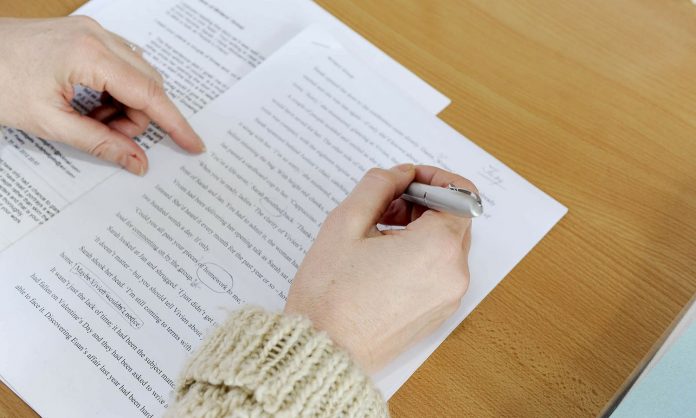
Revising a complete manuscript is a difficult task. Even when we know what needs to be done, it can be hard to know how to tackle our edits and in what order. In a new post, Mary Carroll Moore shares her checklist for a final revision of your polished manuscript. “Most writers feel a sense of urgency at final revision,” she warns. “Shortcuts look tempting. Skip a few steps, get it out the door into other hands.”
Moore’s checklist includes:
- Continuity check. Make a list of locations, characters, and objects in your manuscript. Go through your manuscript to make sure your descriptions and names align. Does your character have green eyes or hazel? Do they live on Forest Drive or Forest Road? Does their apartment have three rooms or four? These things matter.
- Check your table of contents. Check the table of contents against your chapter numbers or titles, section titles, or any other materials called out in the TOC or appendix. Verify that the page numbers are correct.
- Scene and chapter flow. Read the last sentence or two of each chapter and then read the beginning of the next. Do the scenes link? Does the writing flow? If your POV changes between chapters, make sure the reader knows who’s speaking. Do your opening and closing scenes mirror or echo each other? Do you close out what you promised at the beginning?
- Sentences and paragraphs. Look for pages where your paragraph length and structure might be too similar. A string of exceptionally long paragraphs can seem visually monotonous to the reader, even if the writing is strong. If you choose to keep your paragraphs as-is, make this a conscious artistic choice, rather than an unforced error. Do the same with your sentence lengths.
- Spelling and grammar. Even if you’ve already done it, run a spelling and grammar check. Depending on your writing style, a grammar check might highlight purposeful writing choices, but it will also catch unintentional errors. Proofread carefully and heck for homonyms.











